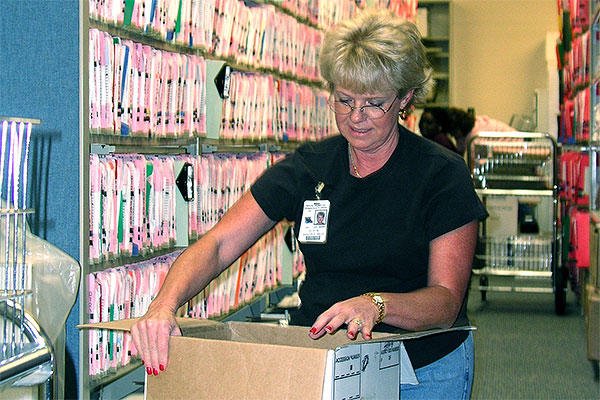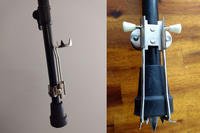Transitioning servicemembers torn between deciding on a career in healthcare or a career in business are well-positioned to combine their passion for both, and consider a career in implementing Six Sigma in the health care industry. While professionals in the health care industry persistently strive to deliver top-quality care, they face many challenges along the way. This is where Six Sigma can help, and where former military personnel can excel.
Health care industry challenges can include things like drug order discrepancies, frequent interruptions in patient care and lack of proper supplies and equipment. As Six Sigma becomes more accepted across a wide range of industries, the industry leaders are opening their eyes to the possibility of using Six Sigma to help decrease costs and, more importantly, increase the quality and efficiency of patient care.
Six Sigma is a methodology that focuses on eliminating the negative issues that arise in any process, measuring success with a clear, data-based approach and an aim for near perfection in results. This pursuit of perfection is nothing new to you as a service member because mission critical exercises are refined every day in the military driving towards that same goal. Though Six Sigma is based in data, it can greatly improve efficiency in numerous sectors. Greater efficiency in health care can provide more time for genuine human interaction, a decrease in errors and an even higher level of quality care.
The Need for Six Sigma
Administrators in healthcare facilities are always doing everything they can to avoid errors, yet some errors seem to remain quite common.
- Missing information such as patient allergies or medications that the patient is currently taking can cause serious and sometime life-threatening consequences.
- Previous diagnoses and lab results are sometimes misplaced – either accidentally thrown away or placed in the wrong patient's chart.
- Drug information, such as the latest warnings and contraindications, may not be available to hospital staff when needed.
- Sometimes discrepancies in drug orders can be caused by miscommunication or poor handwriting.
Many health care professionals are also affected by the atmosphere of the hospital unit itself: excessive noise or numerous interruptions from other staff can hinder patient care. These errors are frustrating not only in themselves, but because we often wonder why processes are not put into place to help avoid them.
Overcoming the Human Obstacle
Many health care professionals and facility administrators are truly interested in statistical data that could help prove the need for change, but the actual changing of daily behaviors can provide the most crucial challenge. A successful Six Sigma approach within the health care system needs to place a great deal of emphasis on convincing busy and entrenched hospital personnel to willingly engage in new strategies. Most health care workers will respond to clear data that addresses their immediate concerns: will Six Sigma changes improve their patients' experiences and outcomes? Will reductions in costs lead to higher, rather than lower, quality? If these questions are clearly answered, health care professionals may become more eager to change their established work habits.
As a member of the military, change is the norm. The experience Active Duty Personnel have with a constant barrage of daily distractions like the ones above coupled with the PCS and deployment schedules, and the idea of performing the same job functions in the field at a forward deployed area should provide ample experience to draw from while excelling in this field.
What Six Sigma Can Do
Six Sigma strategies differ from standard initiatives in several ways:
- Six Sigma processes focus on customer (patient) criteria while standard initiatives may be driven by general ideas of betterment.
- Six Sigma accounts for variations while standard methods rely on averages in data.
- Six Sigma relies on structure. A project does not move forward until each phase has been fully completed. Standard methods can tend to be less rigorous.
Processes in patient care can be improved through the exacting Six Sigma methodology. Facets of care which are prone to human error, such as mishandling lab reports and test results, can benefit from streamlined processes. Also, the facility as a whole can gain from reducing wasteful expenses. This in turn can lead to an improvement in resources such as the capacity to purchase new laboratory equipment or the ability to increase and monitor critical supply stocks.
Creating Quality Health Care
Most health care personnel can agree that quality care can be measured in outcomes. Do patients frequently need additional and follow-up care, or do most patients demonstrate long-term improvement? Are the populations of the area showing higher levels of health? While these statistics are correlated with many different variables, over time an overall vision of a facility's prior patient health can be seen.
The health care industry is charged with balancing a tremendous number of factors: complications in insurance coverage, needs for equipment, everyday processes of medication management and basic paperwork. Six Sigma methodologies could assist the health care industry in coping with complex variables and fully realizing quality goals. With proper implementation and management, Six Sigma can help health care facilities across the country decrease costs while increasing patient outcomes and staff morale.











